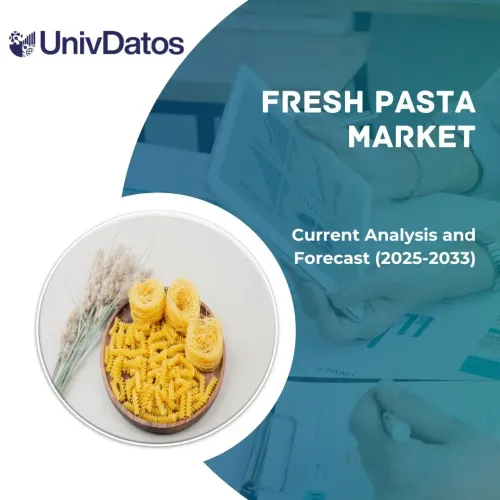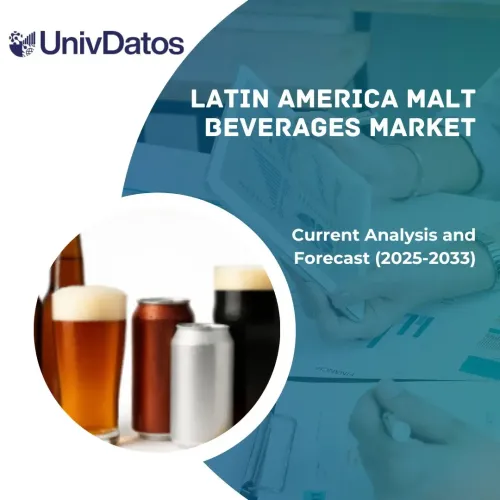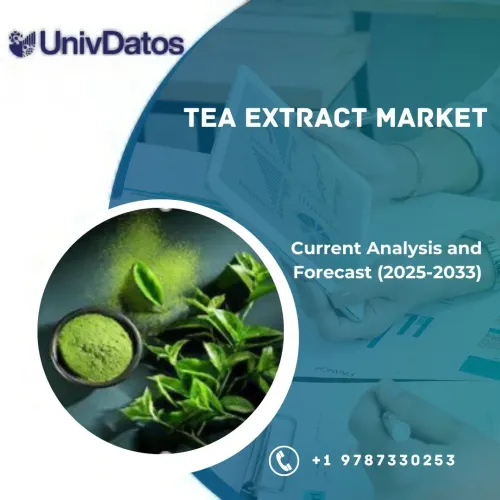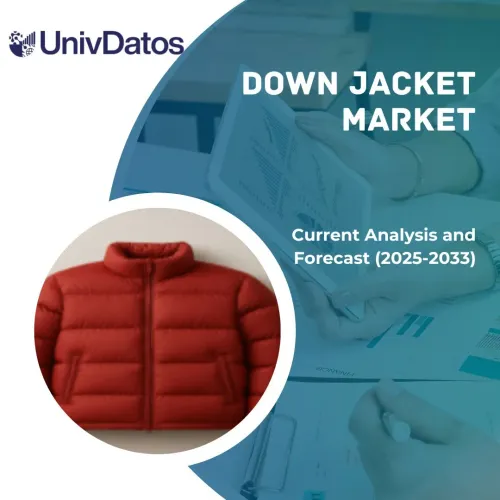- Home
- Chi siamo
- Settore
- Servizi
- Lettura
- Contattaci
Mercato della rosacea: analisi attuale e previsioni (2021-2027)
Enfasi sulle Classi di Farmaci (Antibiotici, Alfa Agonisti, Retinoidi, Corticosteroidi, Immunosoppressori, Altri); Modalità di Somministrazione (Topica, Orale); Canale di Distribuzione (Farmacie Ospedaliere, Farmacie al Dettaglio e Farmacie, Vendite Online); e Regione/Paese
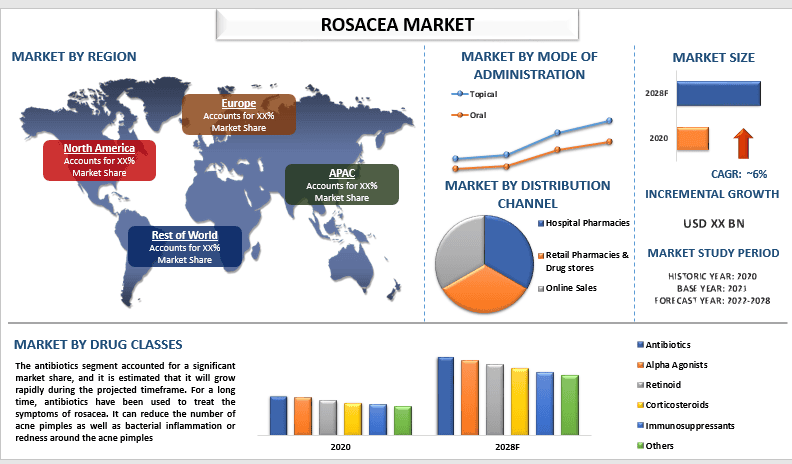
Si prevede che il mercato della rosacea registrerà un CAGR di circa il 6% nel periodo 2022-2028. La rosacea è una condizione della pelle in cui la pelle di una persona diventa rossa e i vasi sanguigni diventano visibili. È più comune nelle donne di mezza età e viene spesso diagnosticata erroneamente come allergie, acne o altre infezioni della pelle. Le aree del corpo interessate sono il naso e le guance. I sintomi della rosacea includono piccoli brufoli rossi pieni di pus che possono riacutizzarsi di tanto in tanto. Circa la metà dei pazienti affetti da rosacea manifesta secchezza oculare, irritazione e palpebre gonfie e arrossate. Altri sintomi includono l'ispessimento della pelle del naso (rinofima) e un naso allargato. La rosacea colpisce principalmente le donne di mezza età con la pelle chiara. Il mercato globale della rosacea può essere attribuito alla crescente prevalenza della rosacea nella popolazione globale. Ad esempio, secondo Medical News Today, nel 2022, la rosacea è una condizione infiammatoria cronica che colpisce la pelle. In genere causa vasi sanguigni visibili e ingranditi del viso, arrossamento e piccoli brufoli pieni di pus. La ricerca stima che circa il 5,46% degli adulti di una fonte attendibile in tutto il mondo conviva con la rosacea. Tuttavia, i medici possono scambiare i suoi sintomi per acne o psoriasi. A causa di queste evidenti statistiche, si prevede che il mercato della rosacea crescerà nel prossimo anno a causa della crescente popolazione anziana, poiché la prevalenza della rosacea è aumentata significativamente con l'età. Inoltre, si prevede che il mercato della rosacea crescerà a causa dell'aumento della disponibilità di medicinali generici per la rosacea. Inoltre, è probabile che le crescenti iniziative e investimenti governativi nel mercato del trattamento favoriscano la crescita del mercato. Tuttavia, alcune delle limitazioni del mercato, tra cui la bassa diagnosi nonostante l'alta prevalenza, stanno ostacolando la crescita di questo mercato in tutto il mondo.
Bausch Health Companies Inc, Amorepacific Corporation, Bayer Schering AG, Nestlé (Galderma), Leo Pharma Inc, Hovione FarmaCiencia SA, Aclaris Therapeutics, Pfizer Inc., Sonoma Pharmaceuticals Inc., Mylan N.V, Inc sono alcuni dei principali attori del mercato. Diversi M&A insieme a partnership sono stati intrapresi da questi attori per facilitare i clienti con prodotti/tecnologie hi-tech e innovativi.
Approfondimenti presentati nel report
“Tra le classi di farmaci, la categoria degli antibiotici ha rappresentato la quota significativa del mercato nel 2020”
Sulla base delle classi di farmaci, il mercato della rosacea è segmentato in antibiotici, alfa agonisti, retinoidi, corticosteroidi, immunosoppressori e altri. Il segmento degli antibiotici ha rappresentato una quota di mercato significativa e si stima che crescerà rapidamente durante il periodo previsto. Per molto tempo, gli antibiotici sono stati usati per trattare i sintomi della rosacea. Ha la capacità di ridurre il numero di brufoli dell'acne, nonché l'infiammazione batterica o l'arrossamento attorno ai brufoli dell'acne.
“Tra le modalità di somministrazione, si prevede che la categoria topica assisterà a un CAGR considerevole durante il periodo di previsione”
Sulla base della modalità di somministrazione, il mercato è frammentato in topica e orale. Il segmento topico ha conquistato una quota di mercato considerevole e si prevede che crescerà a un CAGR significativo durante il periodo di previsione a causa del fatto che i farmaci topici vengono generalmente prescritti come forma di trattamento di prima linea. I farmaci topici sono altamente favoriti rispetto ad altre opzioni perché sono convenienti e danno risultati migliori.
“Tra i canali di distribuzione, si prevede che la categoria delle farmacie ospedaliere assisterà a un CAGR considerevole durante il periodo di previsione”
Sulla base del canale di distribuzione, il mercato è segmentato in farmacie ospedaliere, farmacie al dettaglio e farmacie e vendite online. Il segmento delle farmacie ospedaliere ha rappresentato una quota di mercato significativa e si stima che crescerà rapidamente durante il periodo previsto a causa della maggiore consapevolezza di così tante persone sulla rosacea. La rosacea non ha un'origine accertata. Il paziente affetto da rosacea riceve un buon trattamento in ospedale e ha una rapida guarigione.
“Il Nord America assisterà a una crescita significativa durante il periodo di previsione”
Per una migliore comprensione delle dinamiche di mercato del mercato della rosacea, è stata condotta un'analisi dettagliata per diverse regioni in tutto il mondo, tra cui Nord America (Stati Uniti, Canada e resto del Nord America), Europa (Germania, Francia, Spagna, Regno Unito, Italia e resto d'Europa), Asia-Pacifico (Cina, India, Australia, Giappone e resto dell'APAC), è stato condotto il resto del mondo. Il Nord America costituisce un mercato importante per l'industria della rosacea a causa dell'elevata spesa sanitaria pubblica per i prodotti farmaceutici e i dispositivi medici ogni anno, nonché della consapevolezza sociale e della crescente prevalenza del cancro, della disponibilità di trattamenti avanzati e poiché la malattia tende a colpire le persone con pelle chiara/chiara.
Motivi per acquistare questo rapporto:
- Lo studio include l'analisi delle dimensioni del mercato e delle previsioni convalidate da esperti chiave del settore autenticati.
- Il rapporto presenta una rapida panoramica della performance complessiva del settore a colpo d'occhio.
- Il rapporto copre un'analisi approfondita dei principali pari del settore con un focus primario sulle principali informazioni finanziarie aziendali, sul portafoglio prodotti, sulle strategie di espansione e sugli sviluppi recenti.
- Esame dettagliato dei fattori trainanti, dei vincoli, delle tendenze chiave e delle opportunità prevalenti nel settore.
- Lo studio copre in modo esauriente il mercato in diversi segmenti.
- Analisi approfondita a livello regionale del settore.
Opzioni di personalizzazione:
Il mercato globale della rosacea può essere ulteriormente personalizzato in base alle esigenze o a qualsiasi altro segmento di mercato. Oltre a questo, UMI comprende che potresti avere le tue esigenze aziendali, quindi sentiti libero di metterti in contatto con noi per ottenere un rapporto che si adatti completamente alle tue esigenze.
Indice
Metodologia di Ricerca per l'Analisi del Mercato Globale della Rosacea (2022-2028)
L'analisi del mercato storico, la stima del mercato attuale e la previsione del mercato futuro del mercato globale della rosacea sono stati i tre principali passaggi intrapresi per creare e analizzare l'adozione della rosacea nelle principali regioni a livello globale. È stata condotta un'esaustiva ricerca secondaria per raccogliere i dati storici del mercato e stimare le dimensioni del mercato attuale. In secondo luogo, per convalidare queste intuizioni, sono state prese in considerazione numerose scoperte e ipotesi. Inoltre, sono state condotte anche interviste primarie approfondite con esperti del settore lungo tutta la catena del valore del mercato globale della rosacea. Dopo l'assunzione e la convalida dei dati di mercato attraverso interviste primarie, abbiamo impiegato un approccio top-down/bottom-up per prevedere le dimensioni complete del mercato. Successivamente, sono stati adottati metodi di suddivisione del mercato e triangolazione dei dati per stimare e analizzare le dimensioni del mercato dei segmenti e sottosegmenti del settore pertinenti. La metodologia dettagliata è spiegata di seguito:
Analisi delle Dimensioni Storiche del Mercato
Passo 1: Studio Approfondito delle Fonti Secondarie:
È stato condotto uno studio secondario dettagliato per ottenere le dimensioni storiche del mercato della rosacea attraverso fonti interne aziendali come relazioni annuali e bilanci, presentazioni delle performance, comunicati stampa, ecc., e fonti esterne tra cui riviste, notizie e articoli, pubblicazioni governative, pubblicazioni dei concorrenti, rapporti di settore, database di terze parti e altre pubblicazioni credibili.
Passo 2: Segmentazione del Mercato:
Dopo aver ottenuto le dimensioni storiche del mercato della rosacea, abbiamo condotto un'analisi secondaria dettagliata per raccogliere approfondimenti e quote di mercato storici per diversi segmenti e sottosegmenti per le principali regioni. I principali segmenti inclusi nel rapporto sono le classi di farmaci, la modalità di somministrazione e il canale di distribuzione. Ulteriori analisi a livello di paese sono state condotte per valutare l'adozione complessiva dei modelli di test in quella regione.
Passo 3: Analisi dei Fattori:
Dopo aver acquisito le dimensioni storiche del mercato di diversi segmenti e sottosegmenti, abbiamo condotto un'analisi dei fattori dettagliata per stimare le dimensioni attuali del mercato della rosacea. Inoltre, abbiamo condotto un'analisi dei fattori utilizzando variabili dipendenti e indipendenti come la crescente prevalenza della rosacea a livello globale. È stata condotta un'analisi approfondita degli scenari di domanda e offerta considerando le principali partnership, fusioni e acquisizioni, l'espansione aziendale e i lanci di prodotti nel settore del mercato della rosacea in tutto il mondo.
Stima e Previsione delle Dimensioni Attuali del Mercato
Dimensionamento Attuale del Mercato: Sulla base di approfondimenti attuabili dai 3 passaggi precedenti, siamo giunti alle dimensioni attuali del mercato, agli attori chiave nel mercato globale della rosacea e alle quote di mercato dei segmenti. Tutte le quote percentuali richieste e le suddivisioni del mercato sono state determinate utilizzando l'approccio secondario sopra menzionato e sono state verificate attraverso interviste primarie.
Stima e Previsione: Per la stima e la previsione del mercato, sono stati assegnati pesi diversi a fattori diversi, tra cui driver e tendenze, vincoli e opportunità disponibili per le parti interessate. Dopo aver analizzato questi fattori, sono state applicate tecniche di previsione pertinenti, ovvero l'approccio top-down/bottom-up, per arrivare alla previsione di mercato per il 2028 per diversi segmenti e sottosegmenti nei principali mercati a livello globale. La metodologia di ricerca adottata per stimare le dimensioni del mercato comprende:
- Le dimensioni del mercato del settore, in termini di entrate (USD) e il tasso di adozione del mercato della rosacea nei principali mercati a livello nazionale
- Tutte le quote percentuali, le suddivisioni e le ripartizioni dei segmenti e sottosegmenti di mercato
- Gli attori chiave nel mercato globale della rosacea in termini di soluzioni offerte. Inoltre, le strategie di crescita adottate da questi attori per competere nel mercato in rapida crescita
Convalida delle Dimensioni e della Quota di Mercato
Ricerca Primaria: Sono state condotte interviste approfondite con i Key Opinion Leaders (KOL) tra cui Top Level Executives (CXO/VP, Sales Head, Marketing Head, Operational Head e Regional Head, Country Head, ecc.) nelle principali regioni. I risultati della ricerca primaria sono stati quindi riassunti e sono state eseguite analisi statistiche per dimostrare l'ipotesi dichiarata. I contributi della ricerca primaria sono stati consolidati con i risultati secondari, trasformando quindi le informazioni in approfondimenti utilizzabili.
Ripartizione dei Partecipanti Primari nelle Diverse Regioni
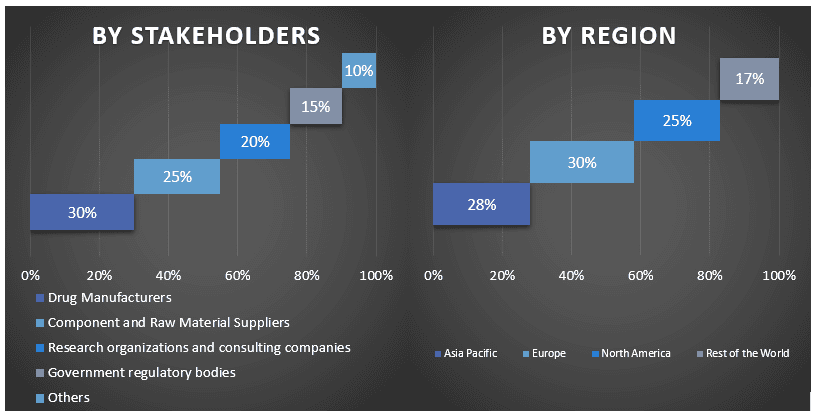
Market Engineering
La tecnica di triangolazione dei dati è stata impiegata per completare la stima complessiva del mercato e per arrivare a numeri statistici precisi per ogni segmento e sottosegmento del mercato globale della rosacea. I dati sono stati suddivisi in diversi segmenti e sottosegmenti dopo aver studiato vari parametri e tendenze nelle aree della classe di farmaci, della modalità di somministrazione e del canale di distribuzione nel mercato globale della rosacea.
L'obiettivo principale dello Studio sul Mercato Globale della Rosacea
Le tendenze di mercato attuali e future del mercato globale della rosacea sono state individuate nello studio. Gli investitori possono ottenere approfondimenti strategici per basare la propria discrezione per gli investimenti sull'analisi qualitativa e quantitativa eseguita nello studio. Le tendenze di mercato attuali e future hanno determinato l'attrattiva complessiva del mercato a livello regionale, fornendo una piattaforma per il partecipante industriale per sfruttare il mercato non sfruttato a vantaggio di un vantaggio da first-mover. Altri obiettivi quantitativi degli studi includono:
- Analizzare le dimensioni del mercato attuali e previste del mercato della rosacea in termini di valore (USD). Inoltre, analizzare le dimensioni del mercato attuali e previste di diversi segmenti e sottosegmenti
- I segmenti nello studio includono le aree della classe di farmaci, della modalità di somministrazione e del canale di distribuzione.
- Definire e analizzare il quadro normativo per l'industria del mercato della rosacea.
- Analizzare la catena del valore coinvolta con la presenza di vari intermediari, insieme all'analisi dei comportamenti dei clienti e dei concorrenti del settore.
- Analizzare le dimensioni del mercato attuali e previste del mercato della rosacea per la regione principale.
- I principali paesi delle regioni studiati nel rapporto includono Asia Pacifico, Europa, Nord America e il resto del mondo.
- Profili aziendali del mercato della rosacea e le strategie di crescita adottate dagli operatori di mercato per sostenersi nel mercato in rapida crescita
- Analisi approfondita a livello regionale del settore
Correlati Report
I clienti che hanno acquistato questo articolo hanno acquistato anche

